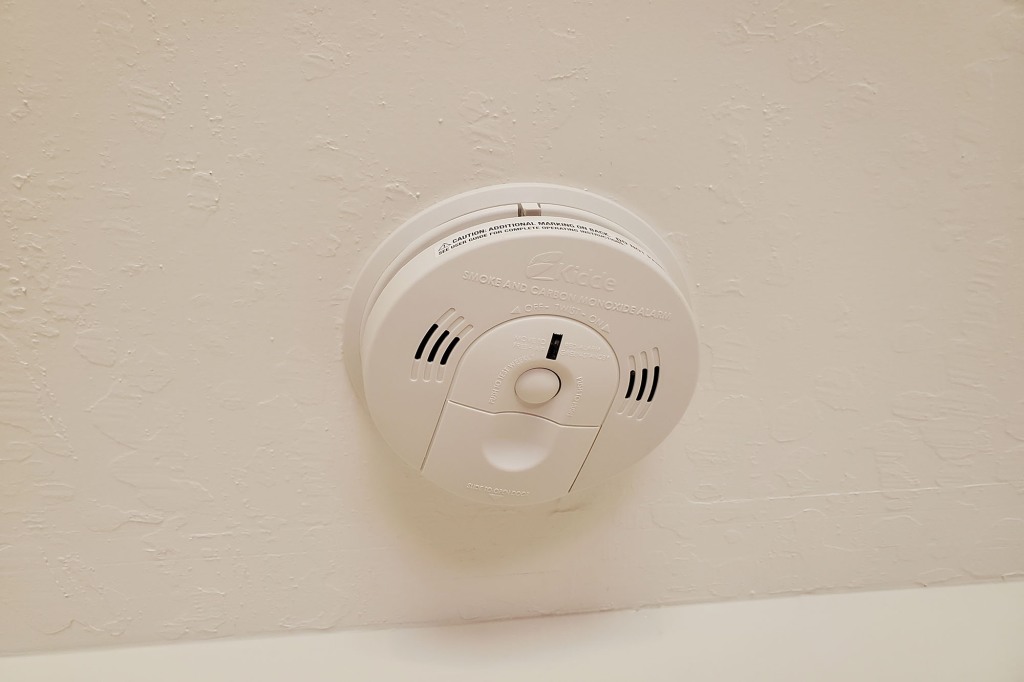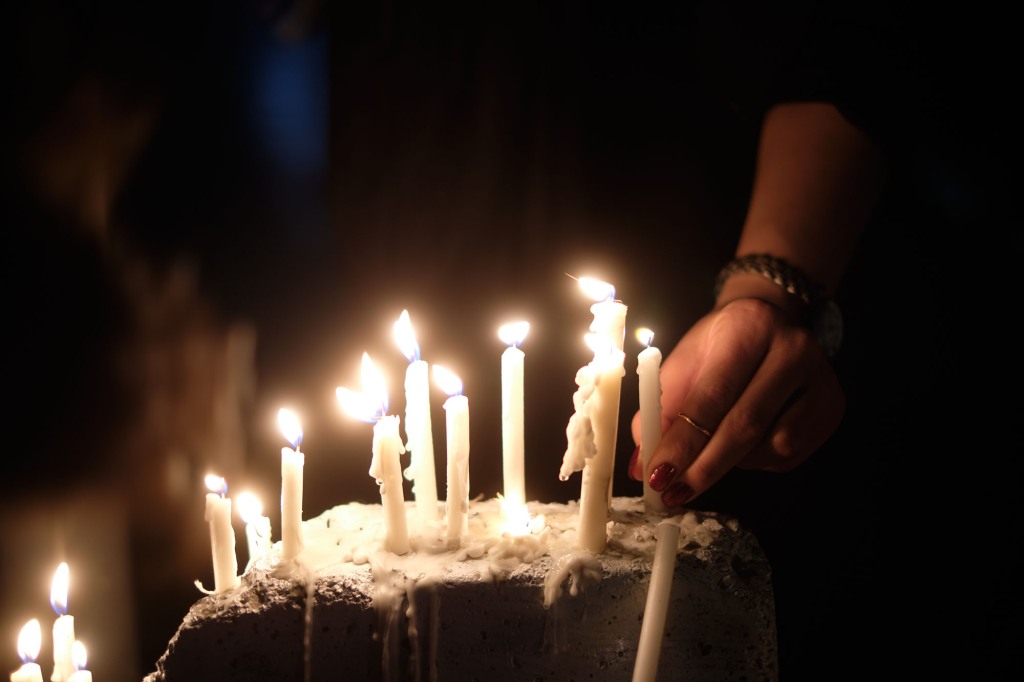Tropical storm and hurricane safety considerations everyone should know
This past weekend, Tropical Storm Kay brought heavy rains, flooding and strong winds to parts of Southern California and Southwestern Arizona.
The U.S. Consumer Product Safety Commission (CPSC), a national government agency that’s charged with protecting the public from unreasonable consumer product injury and death, made it a point to remind Americans that extreme weather conditions put people at risk of power outages, carbon monoxide poisoning, fire and electric shock.
With hurricane season on the Gulf and Atlantic Coast running from June 1 to November 30, according to the National Weather Service’s (NWS) current forecast, families still have time to review tropical storm hazards and prepare for worst case scenarios.
But they should do it soon if they haven’t already.
Here are safety precautions that the CPSC and NWS want Americans to keep in mind for any and all future storms.
Know how to use a generator
Each year, 85 U.S. consumers die from generator-linked carbon monoxide poisoning each year, the CPSC estimates.
Carbon monoxide poisoning from portable gasoline-powered generators “can kill in minutes” because the gas is “colorless and odorless,” the CPSC warns.
People who are exposed to carbon monoxide can lose consciousness before they recognize common poisoning symptoms such as nausea, dizziness or weakness, according to the CPSC.
Portable generators should never be operated inside the home, garage, basement, crawlspace, shed or on a porch, the CPSC said — and should instead be placed outside at least 20 feet away from a home.
“Opening doors or windows will not provide enough ventilation to prevent the buildup of lethal levels of CO,” the CPSC explained.
“The generator’s exhaust [should be kept] away from the home and any other buildings that someone could enter, while keeping windows and other openings closed in the exhaust path of the generator.”
Owners of generators and aspiring owners should review in-depth safety materials, keep up the machine maintenance per the manufacturer’s instructions and look for models that have carbon monoxide detectors with automatic shut off technology, according to the CPSC.
Double-check CO and smoke alarms
Whether a household owns a generator or not, the CPSC said families should have battery-operated carbon monoxide detectors and smoke alarms installed inside their home.
Detectors and alarms with built-in battery backups are also worth consideration, according to the CPSC.
For optimum safety, the CPSC said carbon monoxide detectors should be installed on each level of a home and placed outside separate bedrooms — while smoke alarms should be installed on each level of a home and placed inside each bedroom.

The CPSC said families should test carbon monoxide detectors and smoke alarms monthly to ensure these devices work and have adequate battery life long before a storm arrives.
“Never ignore an alarm when it sounds,” the CPSC added.
“Get outside immediately. Then call 911.”
Be careful with flammables
In the event of a power loss from a tropical storm or hurricane, some families might turn to flammable materials, such as charcoal or candles, to take care of household tasks.
However, charcoal should never be burned indoors because it “can produce lethal levels of [carbon monoxide],” the CPSC warned.
Just as with generators, charcoal grills should not be used in garages or enclosed spaces, even when a door is left open, the CPSC said.
The consumer safety agency also warned that candles should be used with caution.

“If using candles, do not burn them on or near anything that can catch fire,” the CPSC said.
“Never leave burning candles unattended. Extinguish candles when leaving the room and before sleeping.”
The CPSC recommends the use of flashlights over candles if both are available in a household.
Stay away from wet appliances
Since tropical storms and hurricanes are known to cause flooding, people should keep an eye out for wet appliances, the CPSC said.
“Do not touch wet appliances that are still plugged into an electrical source,” the CPSC warned.
If flooding has occurred, families should have a professional or a gas or electric company perform a safety check on household appliances before resuming use, the CPSC noted.
“Replace all gas control valves, electrical wiring, circuit breakers and fuses that have been underwater,” the CPSC said.
Watch out for gas leaks
Gas leaks can also happen during a tropical storm or hurricane, the CPSC warned.
If a gas leak is suspected, smelled or heard, families should leave their homes immediately.
“Contact local gas authorities from outside the home,” the agency said. “Do not operate any electronics, such as lights or phone, before leaving.”
National Weather Service: Tropical storm and hurricane safety tips
Families can and should take safety precautions before a tropical storm or hurricane arrives, according to the National Weather Service.
The agency’s storm safety guide said that people who live near the Gulf or Atlantic Coasts should know where their nearest storm evacuation zone is.
This information can be found on local government websites and emergency management resources or offices.
“Go bags” filled with “basic emergency” supplies should be packed before a storm arrives, according to the NWS.
The agency recommends packing “Basic Disaster Supplies” noted on the U.S. Department of Homeland Security’s Ready.gov website.
These items include water (gallon per person), non-perishable food, battery-operated or hand crank radios, flashlights, a first aid kit and packs of extra batteries.
Other basic disaster supplies that Ready.gov names include a whistle to signal for help, dust masks to filter contaminated air, plastic sheeting and duct tape for sheltering in place, sanitation materials (moist towelettes, garbage bags and plastic ties), a wrench or pliers for turning off utilities, a manual can opener, local maps and cell phone with chargers.
The NWS’s storm guide also recommends people consider having materials to fortify their home, such as wood planks for boarding windows.
Homeowners should also keep trees trimmed, bring loose outdoor furniture indoors, secure all doors and move cars into garages or another secure location, the NWS said.
The NWS said emergency evacuation and disaster plans should already be in place and reviewed with family before a storm approaches.
Written copies of the plans can be packed in go-bags, according to the agency’s storm guide.
Storm forecasts and updates can be found through local tv news stations, mobile phones, radio broadcasts, social media and Weather.gov, according to the NWS.
Read the full article Here


